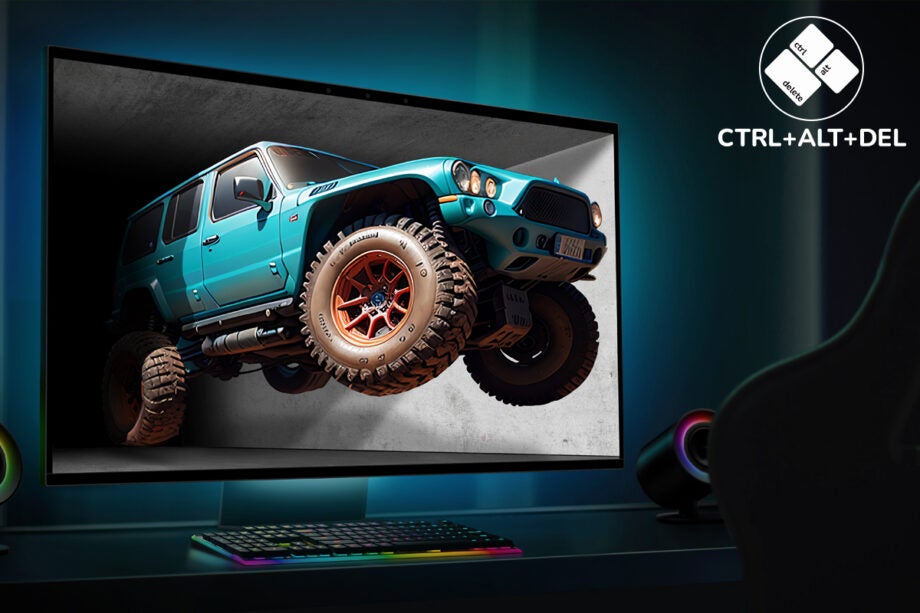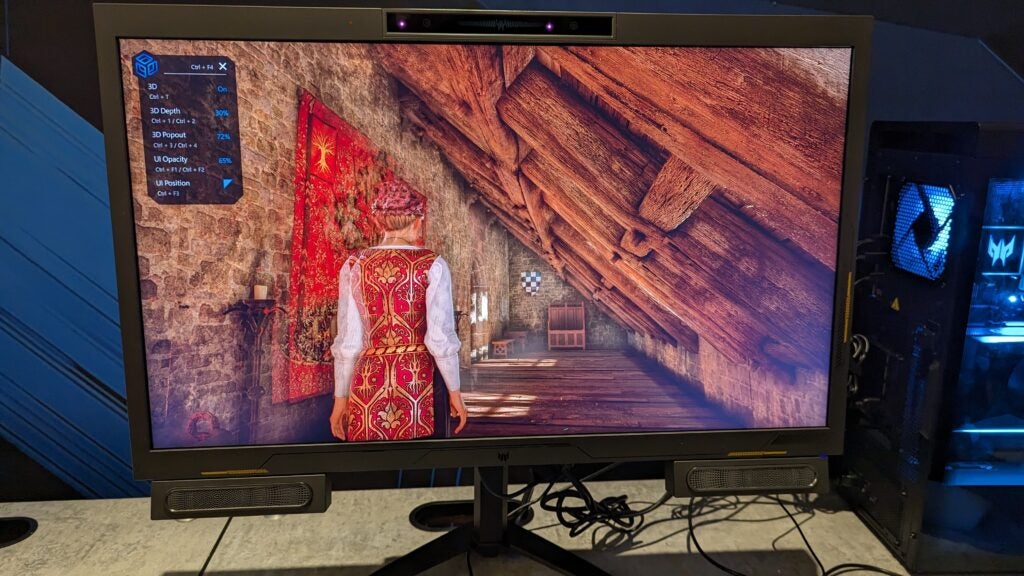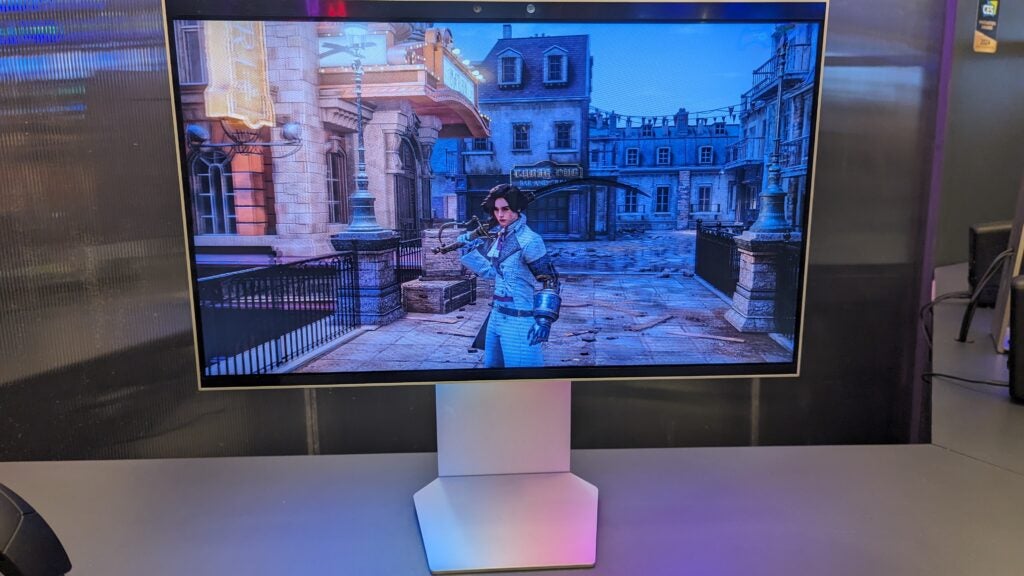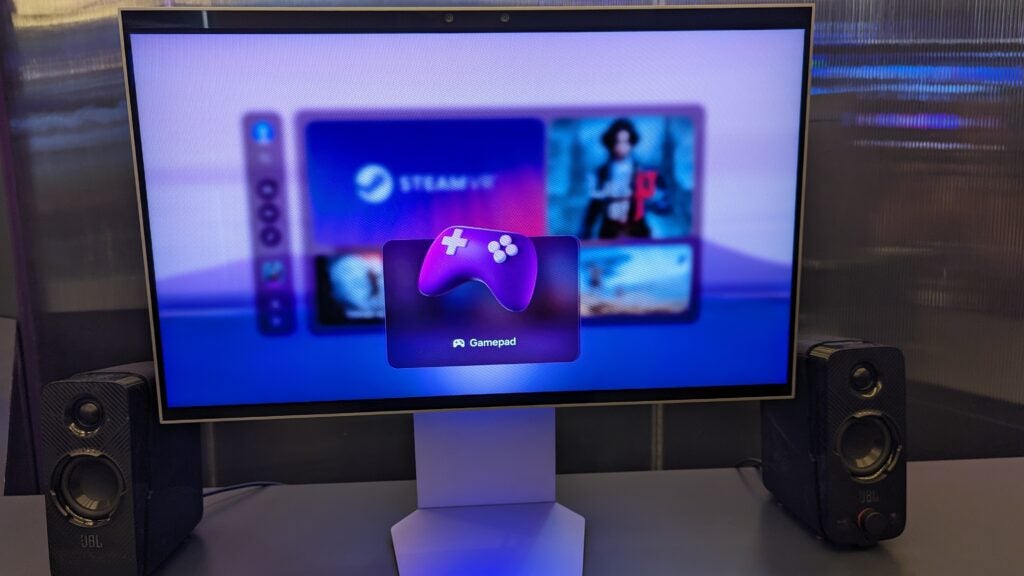Ctrl+Alt+Del: 3D gaming monitors can succeed where 3D TVs failed

OPINION: One of the biggest surprises of the CES 2024 technology trade show has been the emergence of 3D gaming monitors.
Samsung showed off its very first prototype of a 3D gaming monitor, which it’s expecting to launch later this year, while Acer confirmed the Predator SpatialLabs View will be hitting stores in a matter of months.
This news will likely be met with a shrug of the shoulders by most gamers. 3D took a serious blow to its reputation when it failed to gain traction in the TV industry. 3D TV production stopped as far back as 2016, and it’s failed to see a resurgence ever since.
As a result, most people are now sceptical whenever the 3D technology makes its way to a new product category and most people probably won’t care that Acer and Samsung have immediate plans to introduce 3D technology to gaming monitors. But having tried out the new technology on both of the upcoming monitors, I’m starting to believe that it may succeed where 3D TVs failed.

Firstly, I think 3D games make a lot more sense than 3D movies. Most 3D effects in movies can feel like a gimmicky afterthought, proving to be more distracting than entertaining. There have been some great examples of its use, such as a Minion bungee jumping out of the screen or the jaw-dropping world of Avatar, but they’re few and far between.
When testing the 3D gaming monitors, the extra dimension didn’t feel like a needless gimmick. Instead of objects protruding out of the display, the 3D effects instead created an illusion that I was peering into a 3D world behind a glass window. This enabled me to get a better grasp on the proximity of each object, while also being able to see far more detail. Suddenly the hair of my character appeared more textured, and it was easier for me to see grooves and cracks of a wooden bannister.
During the demo, I found myself spinning the camera around every object I could find, amazed by how much extra detail I could see with the 3D effects triggered. With a 2D image, the thickness of an object (say a whopping big battleaxe) isn’t very perceivable, but triggering 3D restores this extra dimension.

Anyone who has played VR will know exactly what I mean, as these 3D monitors essentially replicate those 3D visuals without the need to put on a headset or a pair of glasses. This is an important feature of the new monitors, as they use eye-tracking technology (via integrated cameras) to let you see those 3D effects. That’s a big departure from those defunct 3D TVs, as it was a pain to make sure you were wearing a pair of 3D glasses.
The availability of 3D content was also a big stumbling block for 3D TVs, as live action movies needed to be recorded with a specialised 3D camera. That’s not a problem with 3D games, as Acer told me that the 3D effects can be enabled after release, all of which is done by the monitor manufacturer rather than the developer. Acer says it has enabled 3D support for around 113 games so far, including big hitters such as Final Fantasy Remake, God of War and The Witcher 3.
Samsung also showed me how simple aspects of a dashboard can look far better in 3D. When unlocking a trophy, for example, the notification looks like it’s bursting out of the screen. And when hovering over tiles on the dashboard, they would spring forward so you know exactly what you’re hovering over. It makes the menus look more dynamic and appealing to the eye.

It’s safe to say these 3D gaming monitors left a great impression on me then, but that’s not to say they’re without issue. When using the Acer monitor, I noticed a distracting ghosting effect next to my character when it moved. An Acer representative suggested that reducing the strength of the 3D effect can solve this issue, but I still feel that it’s a concern.
Since the monitors need to track your eyes to create the 3D effects, you ideally need to keep as still as possible for the visuals to look their best. Move your head just a little, and visuals can suddenly look warped. That may not be too much of an issue for a slow-paced adventure game, but could quickly become annoying in a game such as Dark Souls where every frame counts.
Another issue is the price. The Acer Predator SpatialLabs View will cost $1999/€1999 at launch, which means it’s just as expensive as some of the very best high-resolution ultra-wide gaming screens. As a result, I can’t see many people committing themselves to such a steep investment when there’s already so much pessimism around 3D.
Nevertheless, I’ve been really impressed with both the Acer and Samsung 3D monitors during my short hands-on demos. I think people will be pleasantly surprised with how much of a difference the 3D effects make to the detail of these virtual worlds. And most importantly, there are a lot fewer obstacles in the way of success for 3D gaming monitors than there were with 3D TVs.
Ctrl+Alt+Del is our weekly computing-focused opinion column where we delve deeper into the world of computers, laptops, components, peripherals and more. Find it on Trusted Reviews every Saturday afternoon.








